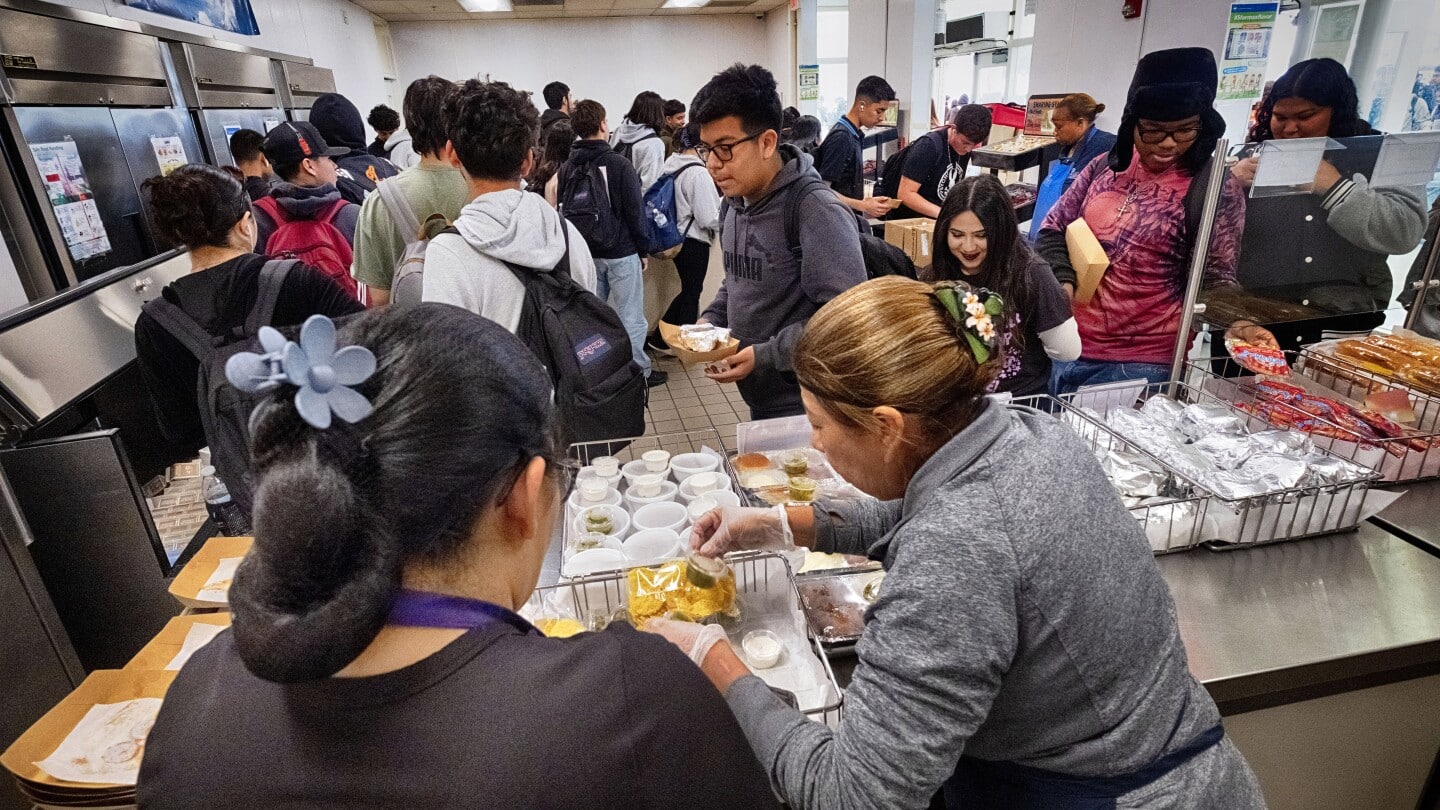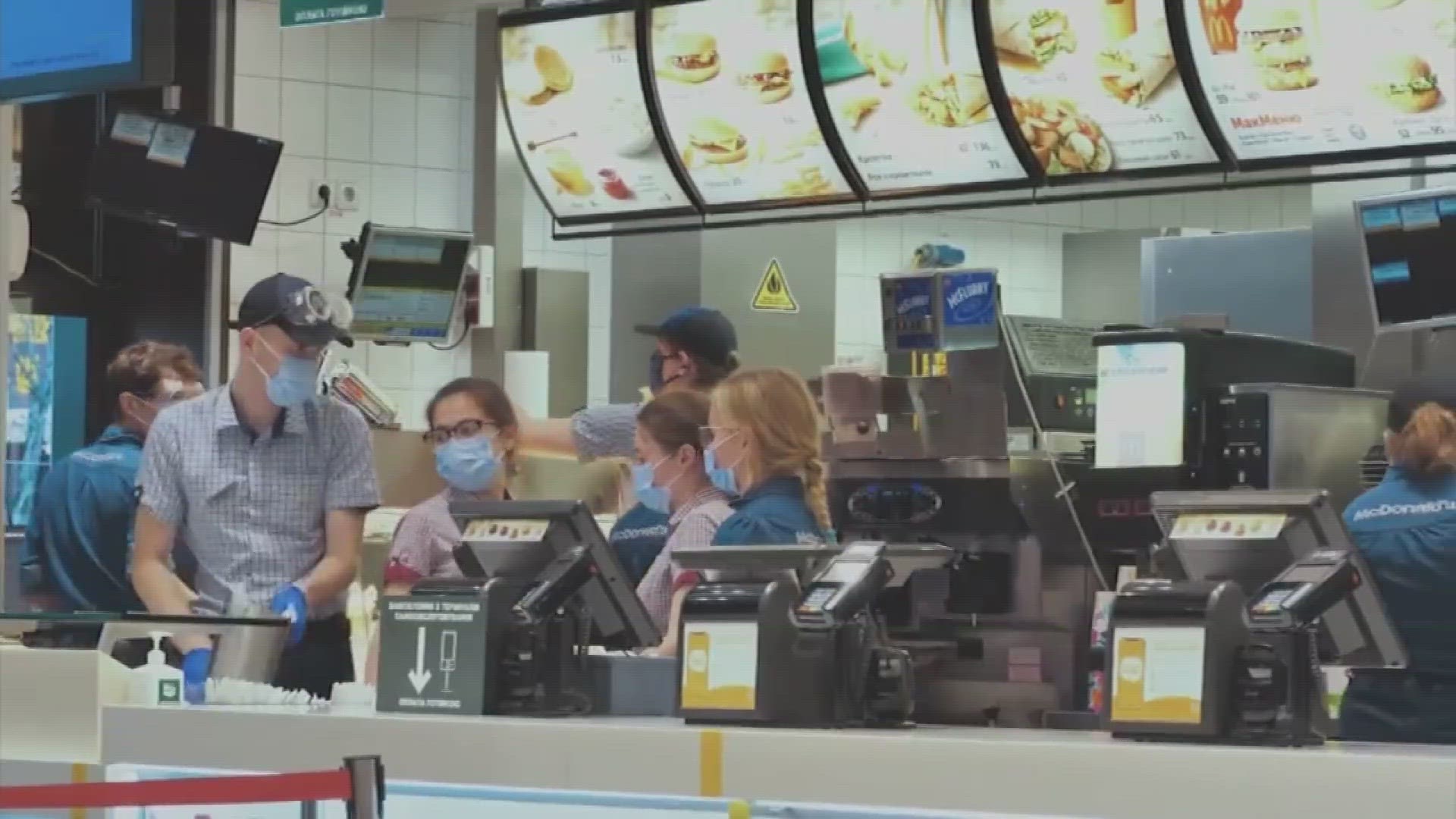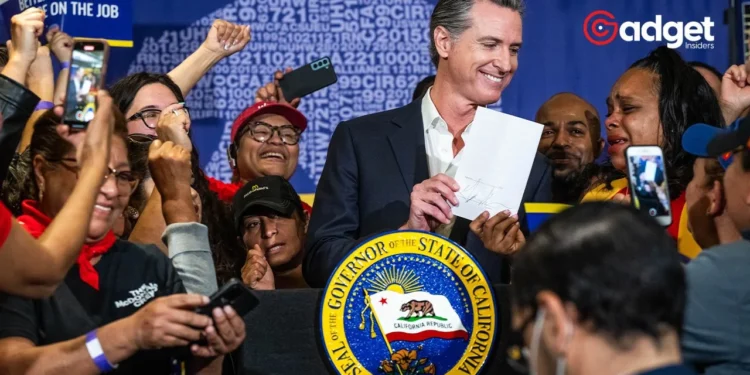In an ambitious stride toward economic reform, California has introduced a groundbreaking policy that nudges the minimum wage up to $20 an hour for the fast-food industry. This move, a significant leap from its predecessor, has sparked a fervent debate across the Golden State, heralding a potential paradigm shift in the fight against poverty and the economics of fast food.
The decision, while aiming to uplift the earnings of thousands of workers, casts a long shadow of uncertainty over the future of fast food chains and their operational dynamics.

The Economic Tightrope: Balancing Act Between Wages and Prices in California
Ben Johnston, COO at Kapitus, articulates the immediate repercussions of the wage increase, foreseeing a domino effect of higher prices, reduced demand, and squeezed margins for franchise owners. “A 25% increase in the minimum wage for fast-food restaurants in California will ultimately result in higher prices and lower sales,” Johnston predicts, suggesting a challenging road ahead for the sector.
Scott Greenberg, a sage in the realm of franchising, echoes similar sentiments, highlighting the potential strain on businesses to maintain a competitive edge and workforce satisfaction amidst soaring labor costs.
The narrative of resilience in the face of adversity is further championed by Renee Guilbault, CEO of Essayer Food Consulting, who envisions innovation and adaptation as the silver lining for franchises. From digital enhancements to menu optimization, Guilbault proposes a cocktail of strategies to navigate the new economic landscape.
Former Foster’s Freeze Assistant GM Exposes Devastating Impact of California's $20 Minimum Wage as Ice Cream Parlor Forced to Close https://t.co/su8JG6SJbs
— Matt Couch (@RealMattCouch) April 7, 2024
The Counterintuitive Twist: Employment and Poverty Conundrums
Contrary to the intended upliftment, Carl Schramm, an economist from Syracuse University, warns of the historical pitfalls associated with minimum wage hikes—job losses. “Minimum wage legislation always results in fewer jobs,” Schramm states, casting doubt on the efficacy of the policy in fostering employment.
However, the academic arena offers a spectrum of perspectives, with Ethan Caplan of the University of Maryland presenting evidence of negligible negative employment impacts from past minimum wage increases. This scholarly debate underscores the complexity of predicting the policy’s outcomes on the job market.

Amidst these economic discourses, Dr. Tenpao Lee from Niagara University shines a light on the human element, reminding us of the stark reality faced by minimum wage workers in California. Despite the hike, many would still juggle multiple jobs to make ends meet, a poignant reminder of the enduring struggle against poverty.
The Future Unfolds: A Path Laden with Challenges and Hope
As California embarks on this bold experiment, the fast-food industry stands at a crossroads, grappling with the dual challenge of adapting to increased labor costs while sustaining consumer loyalty. The $20 minimum wage initiative is a testament to the state’s commitment to addressing income inequality, yet its impact on the broader poverty crisis remains to be seen.
This policy represents a significant leap towards economic justice for many, yet it also poses tough questions for business sustainability and market dynamics. As the dust settles, only time will reveal the true extent of its ripple effects on California’s economy, its people, and the quintessential fast-food industry at its heart.










